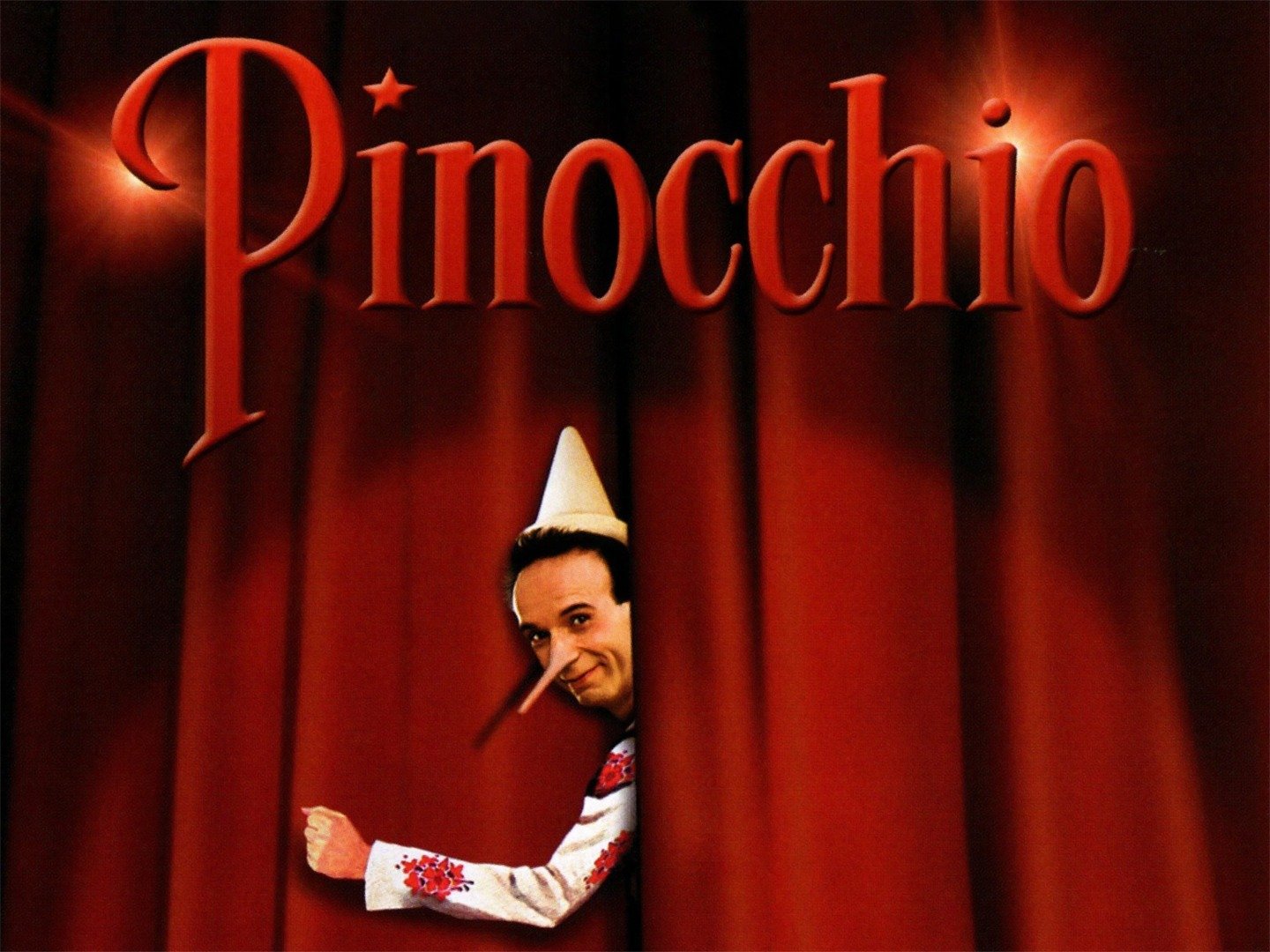Pinocchio is italian for pine eye

Pinocchio is Italian for “pine eye”.

Pinocchio - the beloved wooden character created by Italian author Carlo Collodi - has etched his name in children’s literature as a lovable, mischievous puppet. But have you ever wondered what the name “Pinocchio” actually means? Well, prepare to unravel the fascinating origin of this iconic moniker.
In Italian, “Pinocchio” is derived from two words - “pino” meaning “pine” and “occhio” meaning “eye”. When combined, they create a name that can be translated as “pine eye”. This intriguing translation lends itself to the character’s inherent quality of curiosity and perception.
The choice of “pine eye” is significant because Pinocchio was famously carved out of a pine log by the woodcarver, Geppetto. Geppetto’s skillful hands brought this inanimate piece of wood to life, creating a puppet with lively “eyes” that would express both innocence and mischief.

The metaphoric representation of “pine eye” encapsulates Pinocchio’s journey of transformation throughout the story. As he engages with the world around him, from his encounters with Jiminy Cricket to his adventures with the Blue Fairy, Pinocchio’s “eyes” serve as a window to his growth and development.
Furthermore, the name “Pinocchio” brings to mind the enchanting imagery of pine forests, evoking a sense of nature and wonder. This connection with the natural world is a recurring motif throughout Collodi’s novel. It symbolizes the convergence of the magical and the tangible, as Pinocchio navigates his way through whimsical encounters and challenging trials.
Pinocchio’s name, therefore, serves as a poetic reflection of the character’s essence - a wooden puppet with lively eyes woven into the fabric of a fairy tale. The Italian translation, “pine eye,” encapsulates the imagination and wonder that Pinocchio embodies, capturing the hearts of readers for generations.
Tags
Share
Related Posts
Quick Links
Legal Stuff

